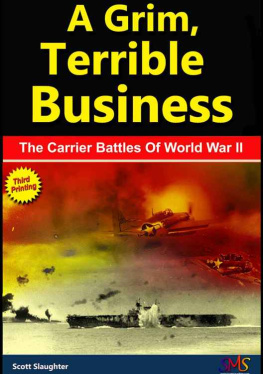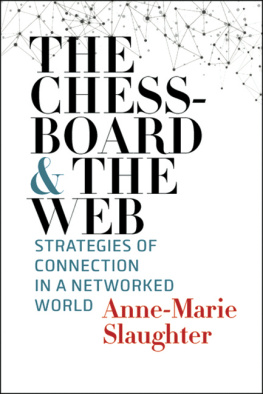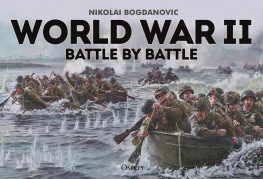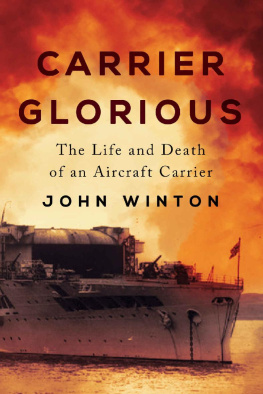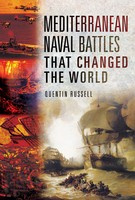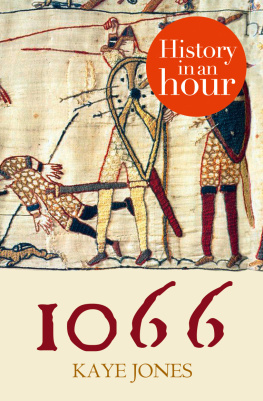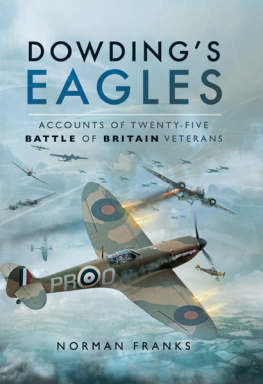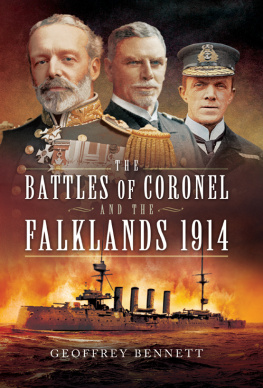

Introduction
The United States had to play catch-up when it entered the war following the devastating attack by the Imperial Japanese Navy at Pearl Harbor.
The government, industry and citizens came together in a united effort to avenge the damage inflicted on the U.S. Navy and to build war machines for upcoming battles that raged in Europe and throughout the Pacific. The United States was soon producing equipment at a level unheard of before World War II.
The U.S. Navy had few pilots trained and qualified for combat action before World War II. The number went up to only 138 aircrew during the first six months the United States was involved in the war and to only 224 combat fighter pilots through the first year of the war. Even that low number fell during the year when 27 were killed either in action or accidents through July and another 31 lost (plus two captured) by the end of November. This represented an appalling 27% casualty rate that was much too high for any military to maintain.
By the time the U.S. Navy commissioned the USS Yorktown at Pearl Harbor in 1937, the Japanese already had ten carriers in the Pacific but most of the U.S. Navy fleet was concentrated in the Atlantic. This, of course, all changed by the end of the war when the U.S. Navy had more than 100 aircraft carriers operating in the Pacific Ocean and Atlantic Ocean.
World War II marked the end of the big naval battleships and the introduction of the aircraft carrier. This meant following a new attack and defend strategy for warfare because the naval engagements in the Pacific Theater were for the first time in history fought entirely in the air without opposing surface ships being in visual range of each other.
A new set of acronyms, words and phrases became popular, including air support, hunter-killer, JATO, CIC, CAP, bogie, scramble, splash and many others.
The rise of the aircraft carrier also meant a big change in logistics for naval commanders. This was especially true for refueling and replenishment at sea. Aircraft carriers needed plenty of fuel and supplies, not just for the ship itself, but also for all the aircraft on the carrier. Logistics had to be improved so that the aircraft carriers would get the needed fuel and supplies on time and at the right location. The importance of the supply ships and oilers increased during the war. Keep in mind, too, this was obviously well before the time of GPS satellite technology.
Several technological advances, particularly in electronics and radar, during World War II also meant changes in how naval engagements would be fought. The navies on each side used their best scientists to help with the war effort.


At 07:54 on Sunday, December 7, 1941, many U.S. Navy crews at Pearl Harbor, Hawaii, were still asleep. Then suddenly chaos erupted with the first of many explosions. Sirens suddenly pierced the calm, quiet Sunday morning and alarms soon blasted:

The sirens were wailing because 184 Japanese aircraft wreaked destruction upon the surprised United States Navy. A second wave of 170 aircraft continued the firestorm one hour later.

The Japanese attackers formed the largest force of carrier-based aircraft ever to take part in a war. The attack disabled most of the United States Pacific Fleet that had only recently been moved to Hawaii. Fortunately, three aircraft carriers werent at Pearl Harbor on December 7: the USS Lexington and Enterprise were delivering aircraft to Midway Island and Wake Island and the Saratoga was near San Diego. Although some of the scout-bombers and fighters from the Enterprise were caught inbound and shot down by nervous U.S. gunners that awful day, the U.S. carriers themselves were undamaged. The war would have been much different otherwise.
Admiral Yamamoto (who devised the overall attack plan) understood that Japan lacked the industrial base to go up against the industrial power of the United States and that a surprise attack disabling the U.S. Navy would be a decisive advantage.

Although only a few ships at Pearl Harbor escaped damage, the ships werent the only targets. Aircraft that were sitting on the ground wingtip to wingtip were easy targets for the Japanese pilots. Nearly 200 aircraft were destroyed and another 100 seriously damaged. Only 100 of the U.S. aircraft in Hawaii were airworthy following the attack.
The Japanese, however, missed the important oil terminals and storage tanks that were essential for the U.S. to mount any sort of military response following the Pearl Harbor attacks.

All the U.S. ships sunk or damaged in Pearl Harbor, except for three battleships ( Arizona , Utah and Oklahoma ), were eventually repaired and returned to the Pacific during the war. On the other hand, the Allies managed to destroy every Japanese aircraft carrier, battleship and cruiser that participated in the Pearl Harbor attack at some point during the war.
Yamamotos original plan, however, was intended to be less of a sneak and more of a surprise attack. This original plan still had the Japanese attack the US fleet at Pearl Harbor but only after war was already declared between the two countries. The plan had to be changed when the Japanese embassy in Washington D.C. was unable to decode and deliver the war declaration on time.
Regardless, the United States soon understood Japans intent. President Roosevelt spoke to the American people before a joint session of Congress on December 8. He denounced the unprovoked and dastardly attack as treachery and boldly stated that No matter how long it takes us to overcome this premeditated invasion, the American people, in their righteous might, will win through to absolute victory.

He was right, but this victory had its cost. World War II eventually featured battles over half of the planet and almost every country was somehow involved in the war. The war cost an estimated 55,000,000 lives but the financial cost is anyones guess.
World War IIs Pacific Theater marked a change from battles fought with guns to battles fought with aircraft. Aircraft filled a support role in Europe but they became the primary weapon and reconnaissance tool in the Pacific. When the U.S. joined the war, the Imperial Japanese Navy boasted the best-trained and best-equipped naval air force in the world. The premiere Japanese naval fighter was the Mitsubishi Zero and it could outmaneuver any American or Allied land based or carrier-based aircraft. Also, the skill, talent and dedication of the Japanese pilots impressed every enemy pilot who lived to talk about the encounter.
Next page
